News of Experimental Interaction Ecology
Follow us on Twitter @EisenhauerLab
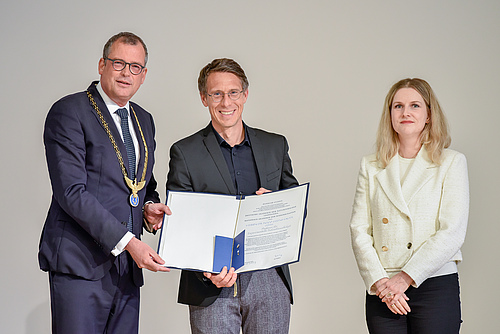
Nico Eisenhauer was admitted to the German National Academy of Sciences Leopoldina. › more
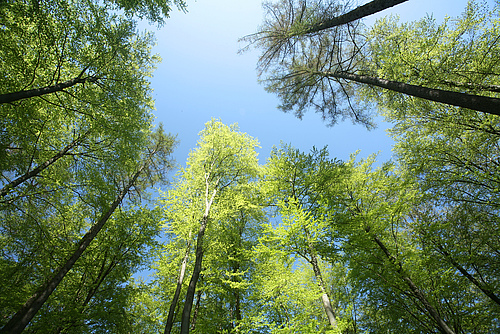
New study on the link between biodiversity and climate › more
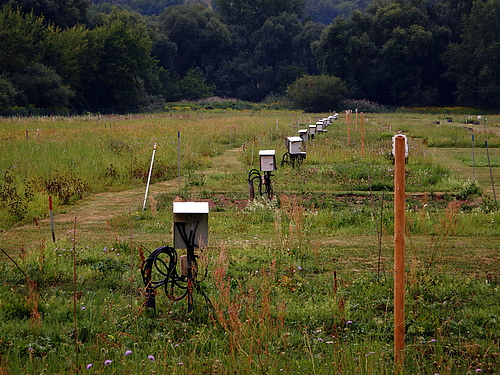
Study reveals natural solution to mitigate effects of climate change › more
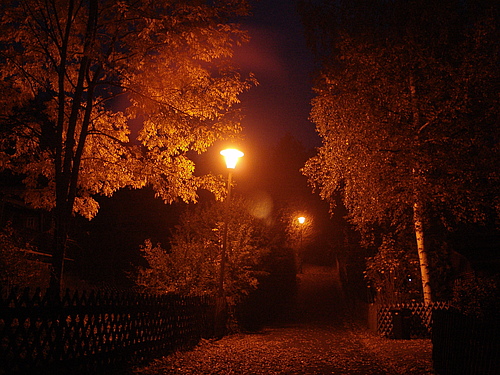
Surprisingly far-reaching impacts of light pollution › more
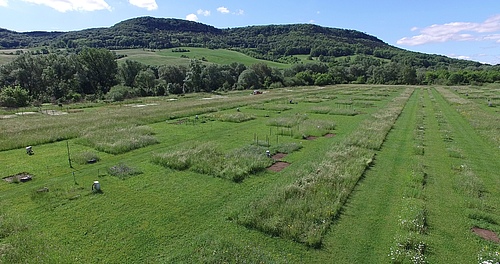
DFG to fund Research Unit › more
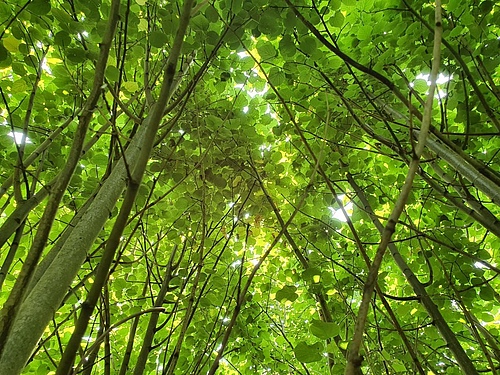
New study published in Science Advances › more
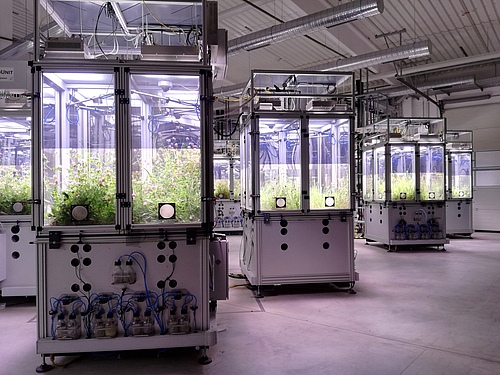
Immediate protection measures are required to safeguard invertebrate communities and critical ecosystem services. › more
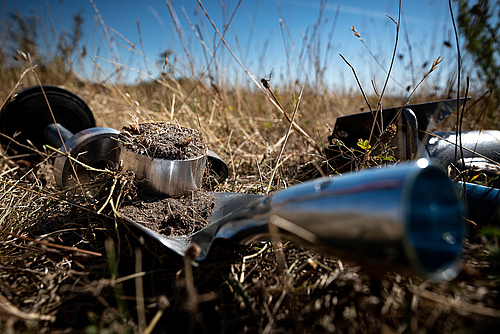
Novel framework allows for a more effective management of soils as carbon sinks › more
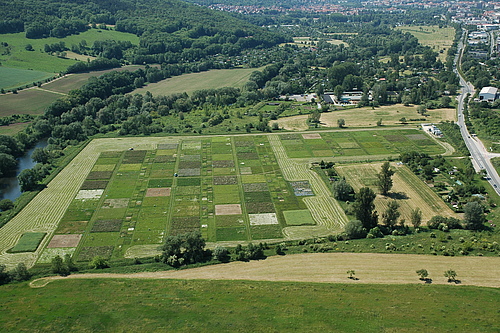
Biodiversity–stability relationships strengthen over time in a long-term grassland experiment › more
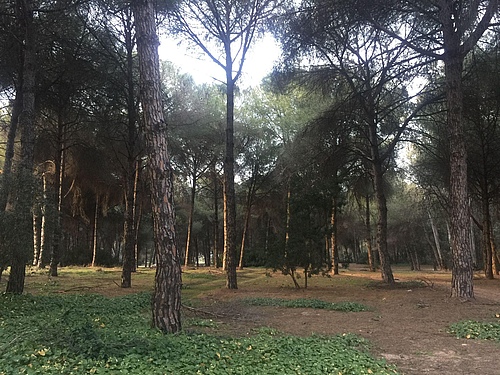
New study published in Nature › more
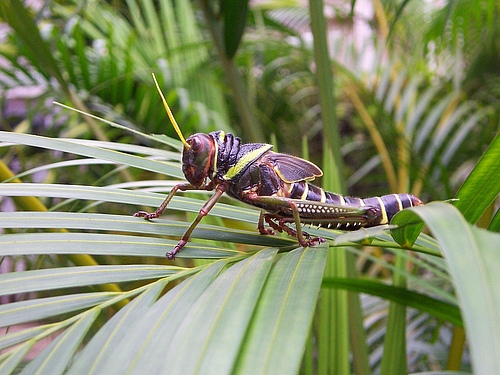
New experts survey considerably extends the global biodiversity knowledge by underrepresented species groups and regions › more
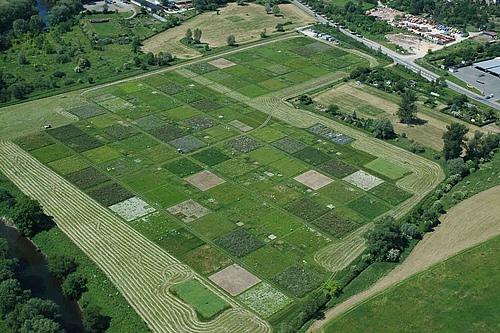
Drought-exposure history improves the recovery of grassland communities from subsequent drought › more
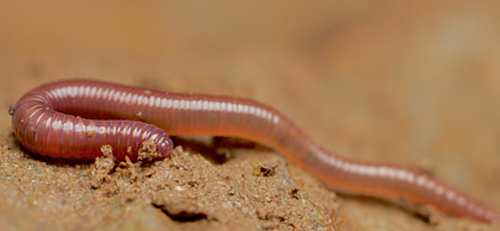
Novel concept helps managing soils as a carbon sink › more
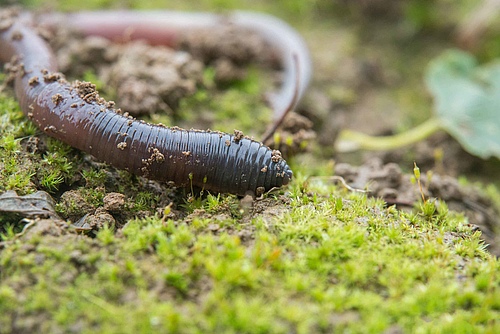
Researchers recommend taking underappreciated factors for biodiversity loss into account › more
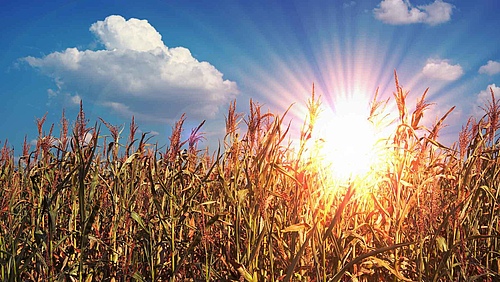
New workshop report on climate and biodiversity offers guidelines for pioneering policies › more
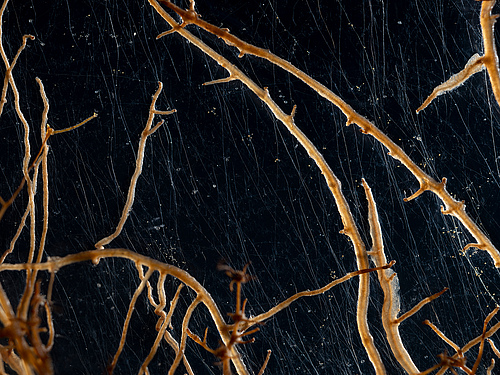
Award will give research collaboration with iDiv an extra boost. › more
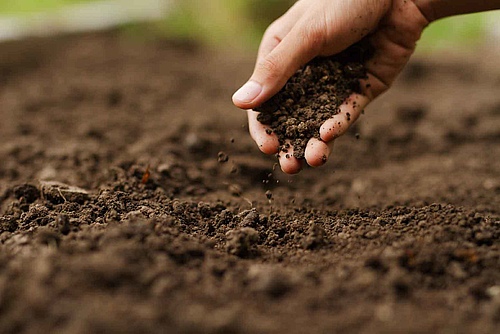
Global change alters microbial life in soils - and thereby its ecological functions › more
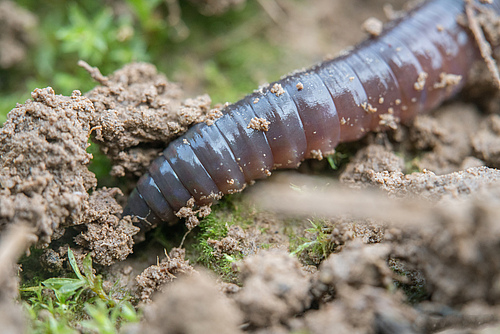
Researchers call for greater consideration of soil biodiversity and functions in international conservation strategies › more
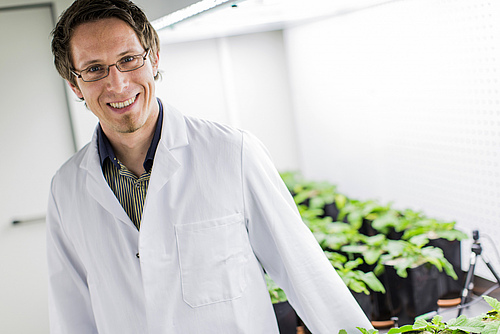
Most important German research award › more
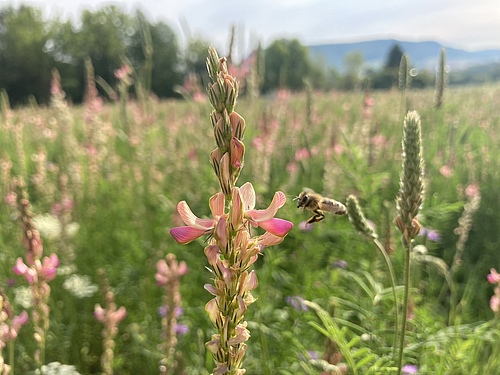
Species-rich plant communities help to naturally reduce herbivore impacts. › more
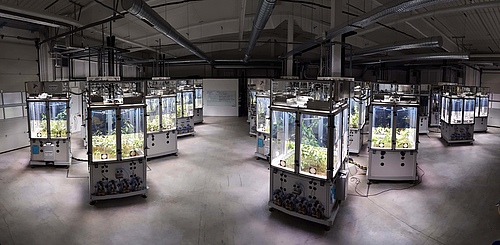
Research group of iDiv and Jena University uses novel research method to study effect of insect decline on plant biodiversity › more
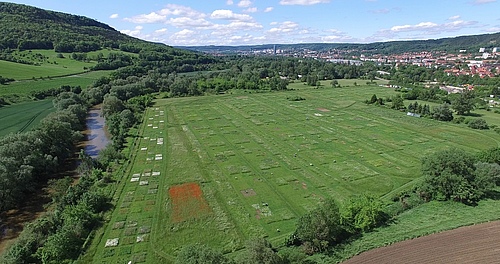
Biodiversity experiment provides new insights into the relationship between plant traits and ecosystem functions › more
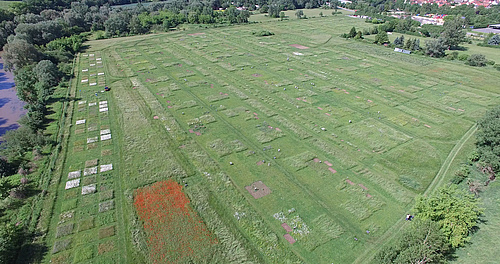
Findings from experimental sites are reliable. › more
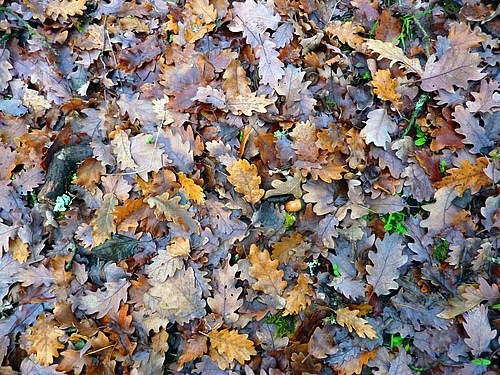
Diversity of soil organisms has key role in the carbon cycle. › more
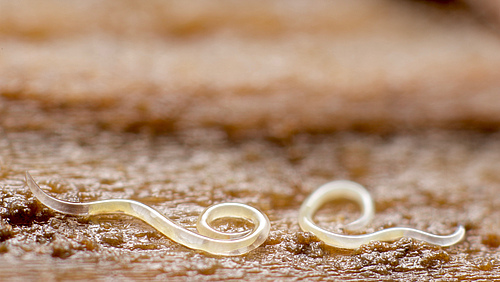
Only few studies investigate soil biodiversity in tropical and subtropical regions. › more
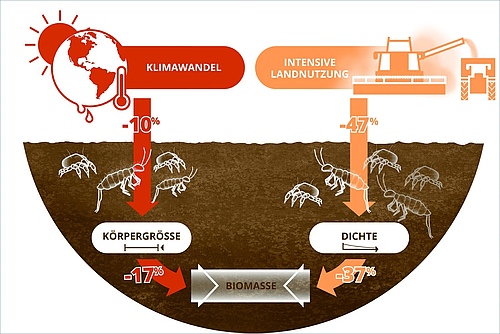
As a result of climate change, soil animals are getting smaller, and their numbers are falling due to intensive land use › more

Scientists develop global map of future risk areas for plant diseasesBased on a media release by Pablo de Olavide University Sevilla Sevilla / Leipzig / Halle. Global warming will increase the… › more
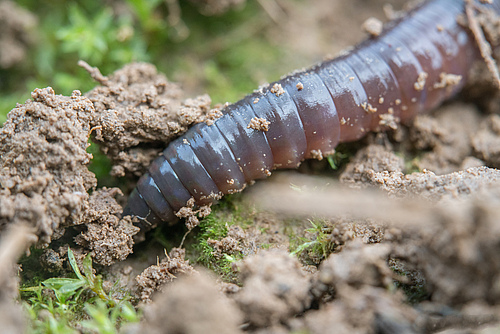
Global climate change could alter earthworm communities worldwide. › more
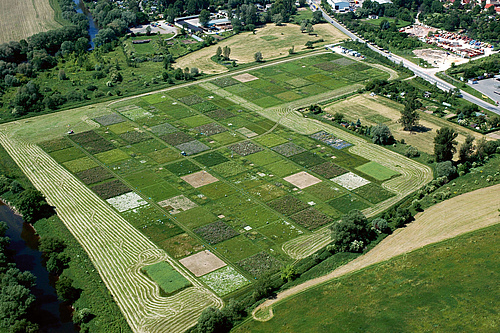
Deutsche Forschungsgemeinschaft grants 5 million euros for novel approach to investigate mechanisms underlying biodiversity and ecosystem functions at Jena Experiment › more
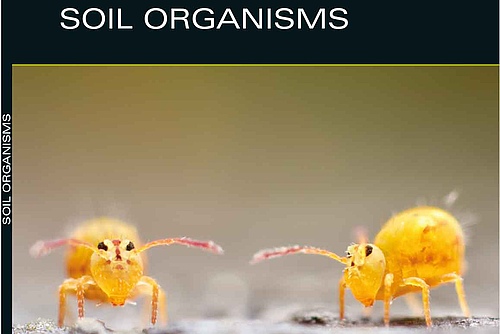
Open-access journal follows exceptionally fair approach › more
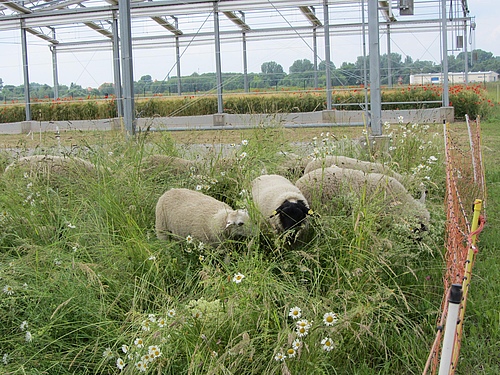
Soil activity decreases nevertheless › more
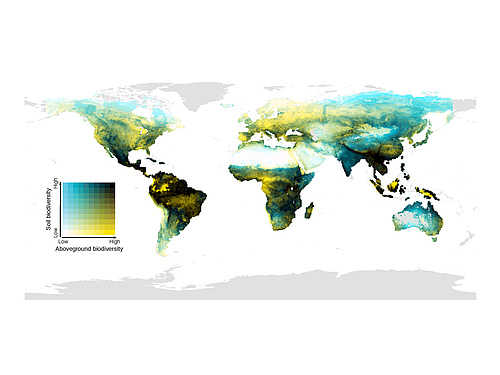
Research team evaluates global biodiversity data – with surprising resultsLeipzig. After conducting comprehensive studies, an international team of researchers led by Leipzig University and the iDiv… › more

More living organisms on our bodies and in our homes could help in combatting diseases - if we let them live › more
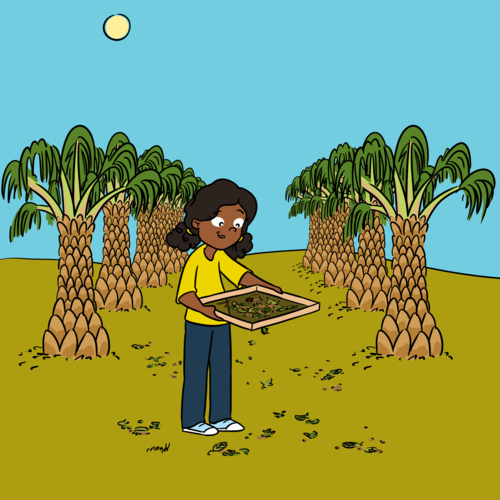
iDiv scientists explain research on tropical arthropods in journal for young readers › more
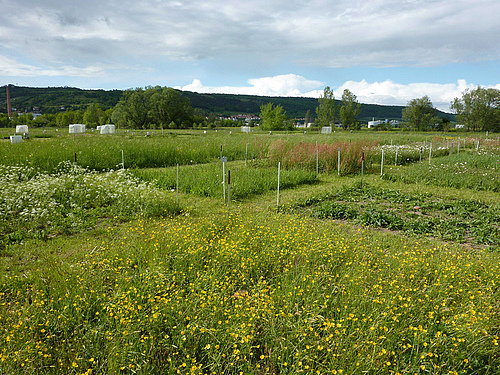
Study from 39 grassland experiments published in Nature Ecology and Evolution › more
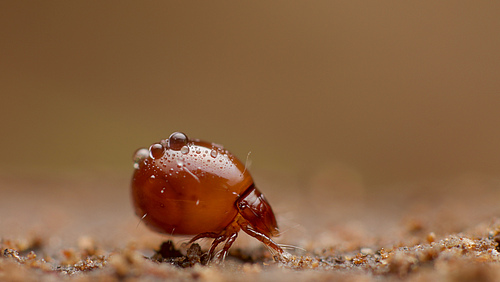
Newly discovered dispersal strategy for mites › more
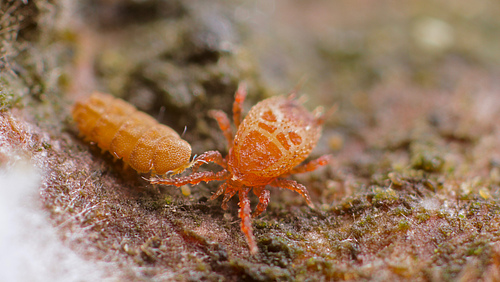
Data on soil biodiversity is lacking from large regions of the world, new sDiv study finds. › more
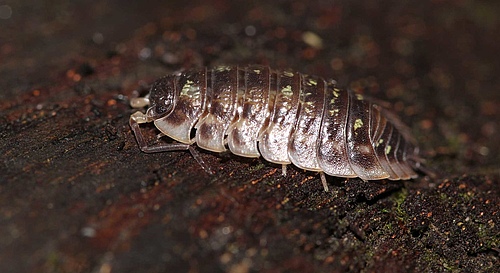
Study questions assumptions on mechanisms underlying warming feedback. › more
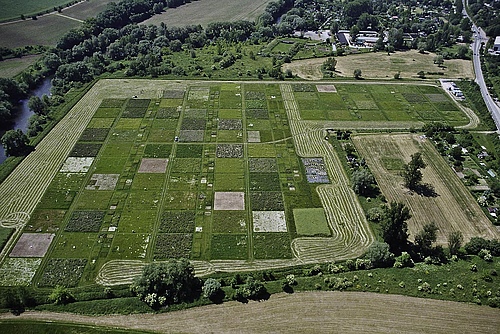
Media release about the ‘Jena Experiment’ › more
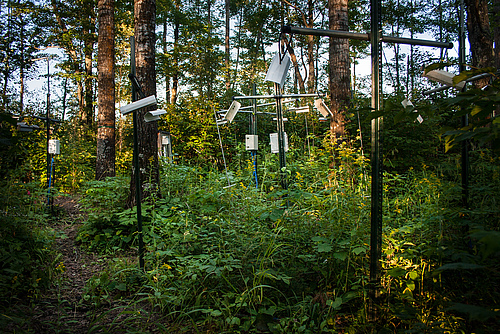
... and even more so when tree logging and drought occur at the same time › more
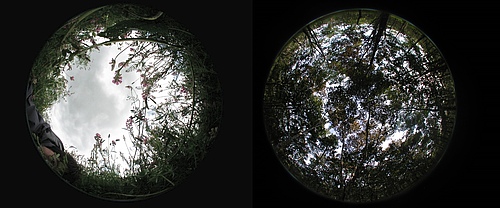
new study published in Nature Ecology & Evolution › more
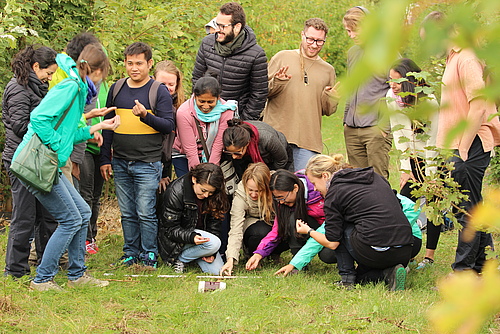
From 3-15 September, the 3rd iDiv Summer School 2017 on “Synthesising and modelling biodiversity data” took place. › more
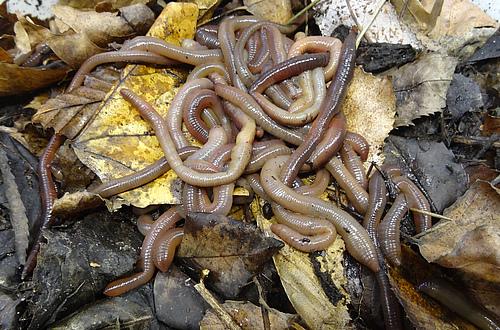
paper of iDiv summer school published › more
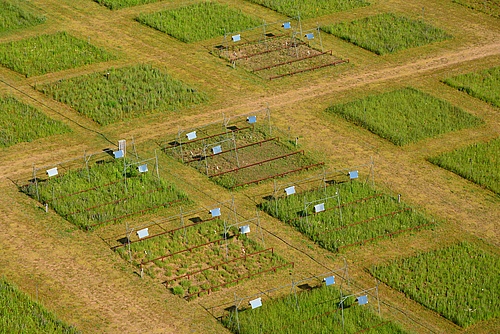
In meadows with high plant species richness, nematode communities cope better with warming. › more
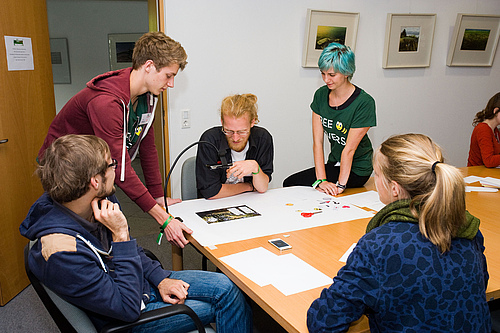
Exploring different aspects of biodiversity › more
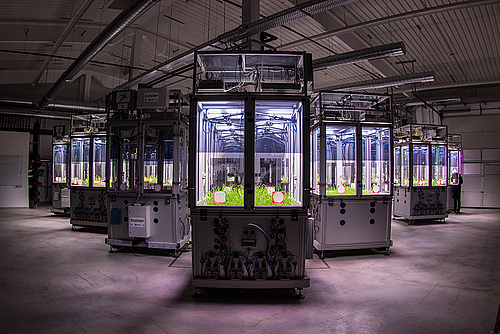
The iDiv Ecotron will provide insights into interactions among species. › more
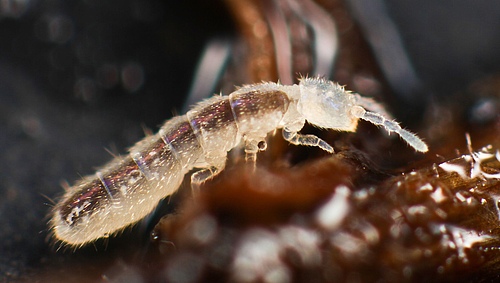
An experiment shows how rising temperatures change interactions between species. › more
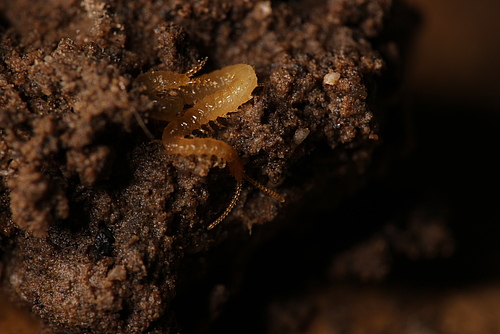
In a commentary in Nature Ecology and Evolution, scientists from iDiv and Leipzig University call for initiatives to fill knowledge gaps › more
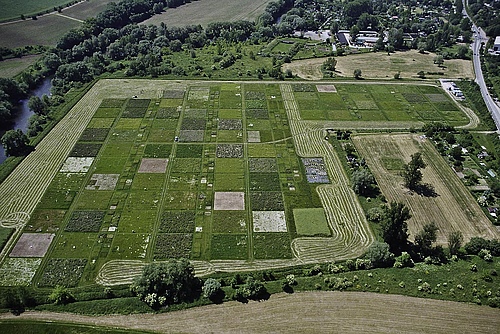
This text is only available in German. › more
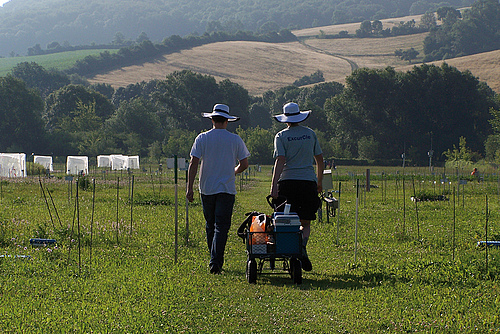
2-day symposium, February 7th - 8th 2017 at the Volksbad, Jena, Germany. › more
